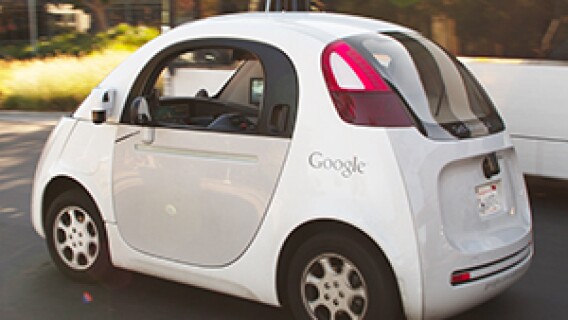How to Pick Autonomous Car Stocks
As the world prepares for the era of autonomous driving, so are investors. Almost all the major auto companies now have their own self-driving car R&D centers or have partnered with tech companies to stay ahead of the curve, so it’s no longer necessary for investors to choose among traditional automakers when looking for autonomous car stocks.
The right approach for investors is to look first at the forest and then the trees. Let’s start with the forest.
When it comes to autonomous driving, there are three main avenues of growth: autonomous driving technologies, in-car experience and interconnected cars.
In the space of autonomous driving technology, level 4 (high automation) and level 5 (full automation) cars are closer to commercialization than most people realize. Almost all the companies are focusing on using artificial intelligence with the help of high-definition (HD) maps and multiple sensors to bring level 4 and level 5 automation.




An exception to this path of technology might be Apple (AAPL), whose recent patent reveals autonomous driving technology without the requirement of pre-fed HD maps. No one can really weigh the pros and cons of these two approaches at this stage, but if Apple is able to achieve a flawless predictive model without the help of any internally-stored data, it would be a unique achievement among the players.
Apart from the advancements in the technology itself, what matters most are the business models. A strategically placed company with the potential to stretch its autonomous driving technology to existing automakers is one of the first things I look for when searching for autonomous car stocks investing ideas.
With autonomous driving, car entertainment options are expected to become more full-featured given that drivers will have more “free time” available. We have seen concept vehicles like Snap by Rinspeed use the technology of one of my recommended stocks to enhance in-car travel quality. Demand for new in-car experiences will create demand for new operating systems replacing existing OS like Blackberry’s QNX. Infotainment systems like Google’s Android Auto and Apple’s Car Play, which leverage smartphone ecosystems, are also gaining traction among most of the automakers.
In the vehicle-to-vehicle or vehicle-to-infrastructure interconnected car space, it is too early to say who will drive the industry standard. Regardless of the vehicle manufacturer, it will be the company that provides the operating system with the most market share that will control the middle business strategy. It is also possible that vehicles will be increasingly commoditized with the emergence of level 5 autonomous fleets, resulting in diminishing value of auto brands.
At the same time, increasing data consumption by the connected cars, estimated by Intel to be around 4,000 GB per day, will require 5G infrastructure to support the system. It’s too early to say if there will be a major winner in this space whether the 5G network is built through small cells in fiber network, Gigabyte LTE, 5G alternatives like SpaceX’s futuristic low altitude satellite network or interference technology like pCell by Artemis. However, one thing is becoming more evident: gigabyte speed is not a choice, it is a requirement for connected car infrastructure.
In Cabot Benjamin Graham Value Investor, I seek undervalued stocks that have the technologies and the business models to win in evolving industries. Currently, four of my recommendations fit my criteria for autonomous car stocks in the self-driving car space. As the big picture of the autonomous future becomes clearer, I will have more opportunities on my list. Subscribe to Cabot Benjamin Graham Value Investor now so you do not miss an opportunity.
